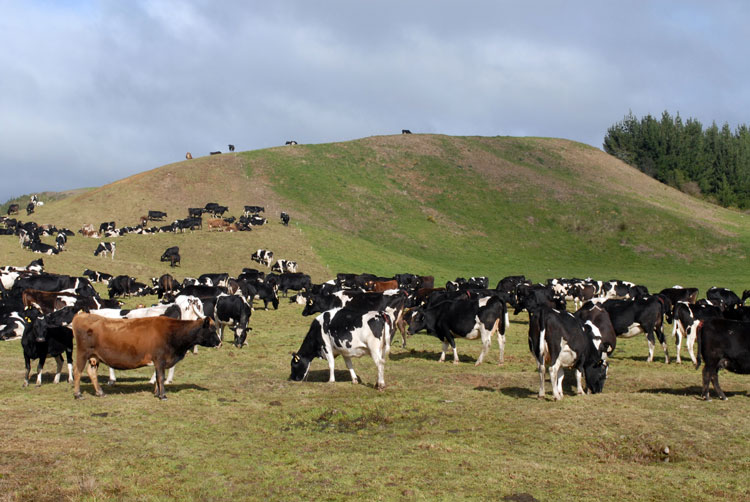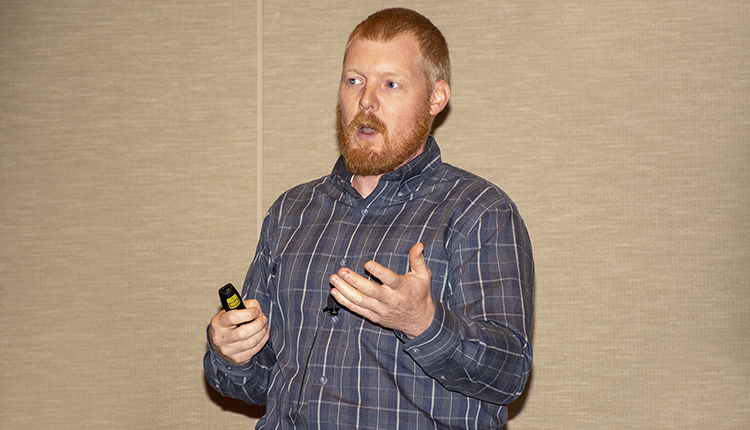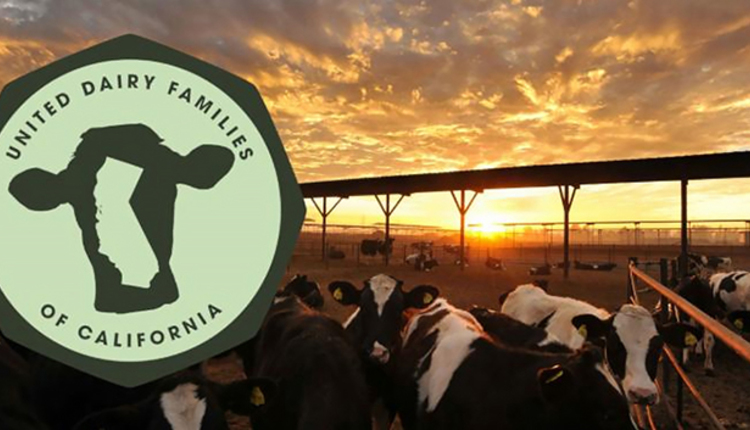
A nightmare animal health scenario has hit New Zealand’s dairy industry and government officials are taking painful steps to deal with it.
Mycoplasma bovis is on the loose in the world’s biggest dairy products-exporting nation.
To halt the outbreak and hopefully eradicate the bacteria, New Zealand’s government has decided to cull at least 150,000 animals, or about 3 percent of the entire national herd, over the next two years at an estimated cost of $610 million (U.S. dollar equivalent). The earliest herds discovered have already been depopulated; 126,000 more animals will be removed, although the number could rise if more infected herds are identified.
New Zealand’s dairy sector accounts for 3.5 percent of the nation’s entire gross domestic product, so bad times in dairy affect the entire country — and this is a bad time.
First confirmed on the big-herd South Island in July 2017, the disease jumped to the premier Waikato dairy region on the North Island in mid-May this year. At last report, the number of known infected farms was 37. About 300 others were in “biosecurity lockdown” and 858 were under surveillance. Newspaper reports say high-risk animal movements have been traced to 3,000 farms.
New Zealand Agriculture Minister Damien O’Connor has called the outbreak of the untreatable mastitis disease a disaster. Prime Minister Jacinda Ardern has said, "We have one shot to eradicate".
The New Zealand Ministry for Primary Industries (MPI) said it is confident the spread of Mycoplasma bovis infection is limited to a network of farms connected by animal movements.
Imported semen, equipment, and medicines are all being considered as part of MPI's investigation into how the disease entered the country. Prior to the outbreak, New Zealand and Norway were the only countries known to be free Mycoplasma bovis, which does not infect humans and presents no food safety risk.
The Otago Daily Times has reported culling will be done of all cattle on infected properties, along with cattle on most restricted properties. All infected farms found in the future will be depopulated, after which they will be disinfected and must lie fallow for 60 days before being restocked. Officials will be allowed to enter farms and slaughter animals, even against owners’ wishes.
The effect on New Zealand’s total milk production by losing so many cattle will be significant. According to ASB Bank chief economist Nick Tuffley, it will be like that of a drought in the heavily pasture-based dairy industry.
That’s a sentiment New Zealand D.V.M. and global agribusiness consultant Mandi McLeod agrees with, although she says, “It will be a bad one.”








